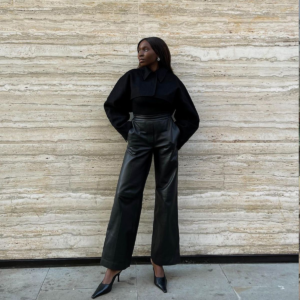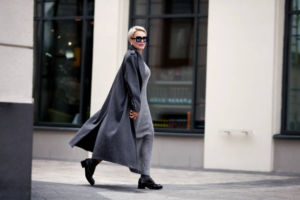How are fashion and technology blending together to revolutionize wearable tech? The fusion of fashion and technology has given birth to a dynamic and innovative industry: wearable technology. From smartwatches to LED accessories, this article delves into the role of tech in reshaping the fashion landscape, highlighting key trends, challenges, and future possibilities.
The Rise of Wearable Technology

Wearable technology, often referred to as wearables, includes a variety of devices that are worn on the body and integrate advanced technological features. The primary aim is to offer convenience, enhance lifestyle, and monitor health. Fitness trackers, smart glasses, and smart clothing are just some of the examples that have gained immense popularity. These devices not only provide value in terms of health monitoring and connectivity but also bring a fashionable twist to everyday accessories.
Smartwatches: The Intersection of Utility and Style
Smartwatches epitomize the marriage between fashion and technology. With brands like Apple, Samsung, and Garmin investing heavily in design and functionality, smartwatches have evolved from mere timekeeping devices to comprehensive health monitors and communication tools. The ability to customize watch faces, swap bands, and integrate apps makes them a versatile accessory suitable for various occasions, from workouts to boardroom meetings.
Fashion-Forward Fitness Trackers
Fitness trackers have transcended their primary function of health monitoring to become stylish accessories. Companies like Fitbit and Xiaomi have introduced sleek designs and fashionable elements such as interchangeable bands and collaborations with high-end fashion designers. These devices track steps, monitor heart rates, and analyze sleep patterns while ensuring the user doesn’t compromise on style.
Innovative Smart Clothing
Smart clothing represents one of the most exciting frontiers in wearable technology. Embedded with sensors and electronic components, these garments can monitor vital statistics, adjust their features according to the environment, and even charge your devices. Brands like Levi’s and Under Armour have introduced products that merge high-tech innovations with contemporary fashion, setting a new benchmark for functional yet stylish apparel.
Challenges in Wearable Tech Integration
While the benefits of wearable technology are apparent, integrating tech with fashion isn’t without its challenges. Key issues include:
-
Battery Life:
Ensuring that devices last throughout the day without frequent charging. -
Comfort:
Ensuring wearables are comfortable for long-term use. -
Cost:
High production costs often lead to expensive products, limiting accessibility. -
Privacy:
Protecting user data and addressing concerns about data security.
Overcoming these hurdles is essential for the mainstream adoption and success of wearable tech.
Conclusion
The fusion of fashion and technology in the form of wearable tech offers a future where style meets substance. As innovation accelerates, we can expect to see more groundbreaking designs that not only look good but also enhance our daily lives. The symbiotic relationship between wearable devices and fashion signifies a growing trend that is set to revolutionize the way we perceive and interact with technology.
FAQ
Q: What is wearable technology?
A: Wearable technology refers to electronic devices that are worn on the body, often integrated into clothing or accessories, to provide various functions such as health monitoring, connectivity, and convenience.
Q: How do smartwatches benefit users?
A: Smartwatches offer various benefits including health monitoring (heart rate, steps, sleep patterns), communication capabilities (receiving calls, texts, emails), and the ability to run various apps for convenience.
Q: Are fitness trackers only for athletes?
A: No, fitness trackers are designed for anyone interested in monitoring their physical activity, sleep patterns, and overall health. They come in a variety of styles to suit different tastes and needs.
Q: What are some examples of smart clothing?
A: Examples of smart clothing include garments with embedded sensors that monitor health metrics, self-adjusting fabric that regulates temperature, and clothes with charging capabilities for electronic devices.
Q: What are the main challenges in wearable tech?
A: Some main challenges in wearable tech include improving battery life, ensuring user comfort, reducing production costs, and enhancing data privacy and security.







